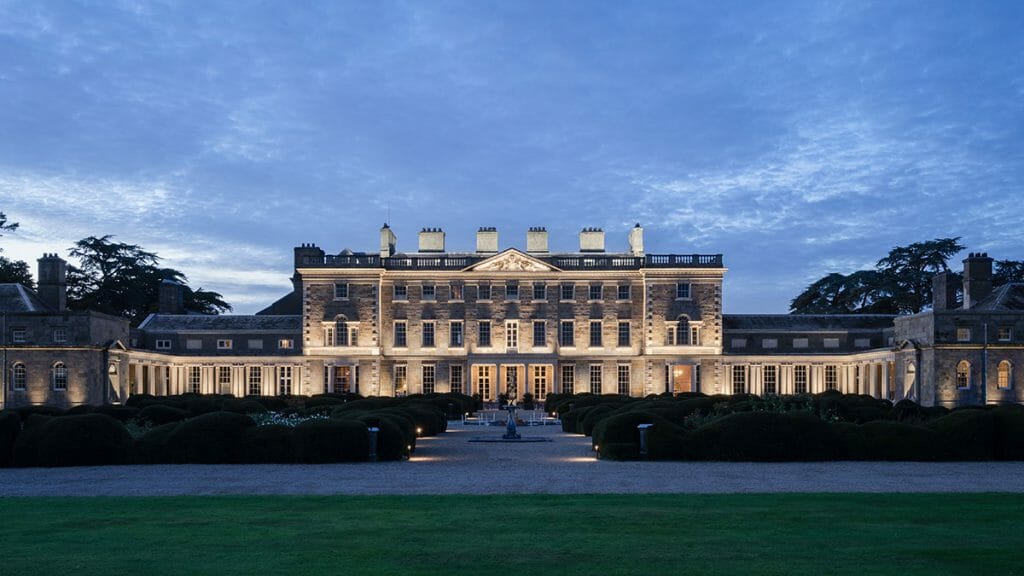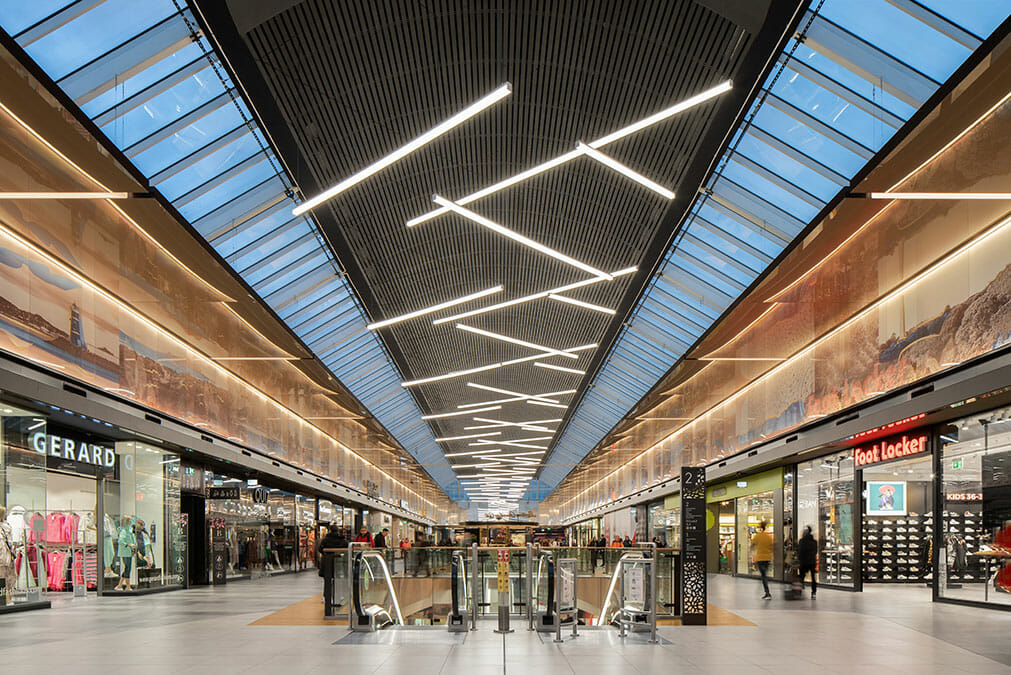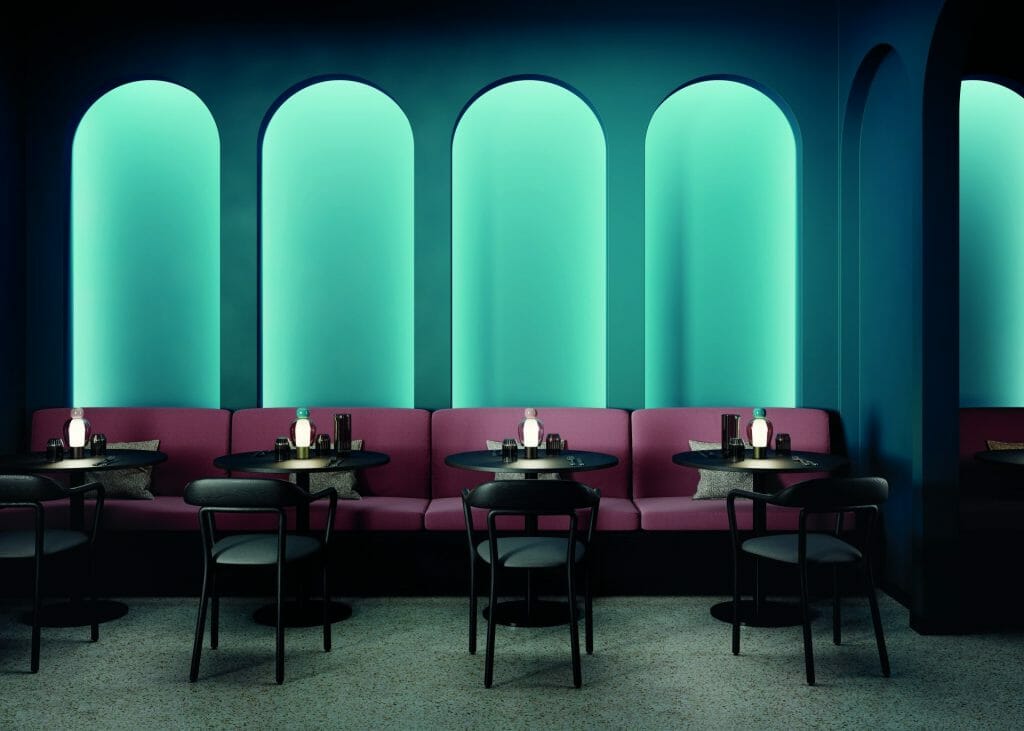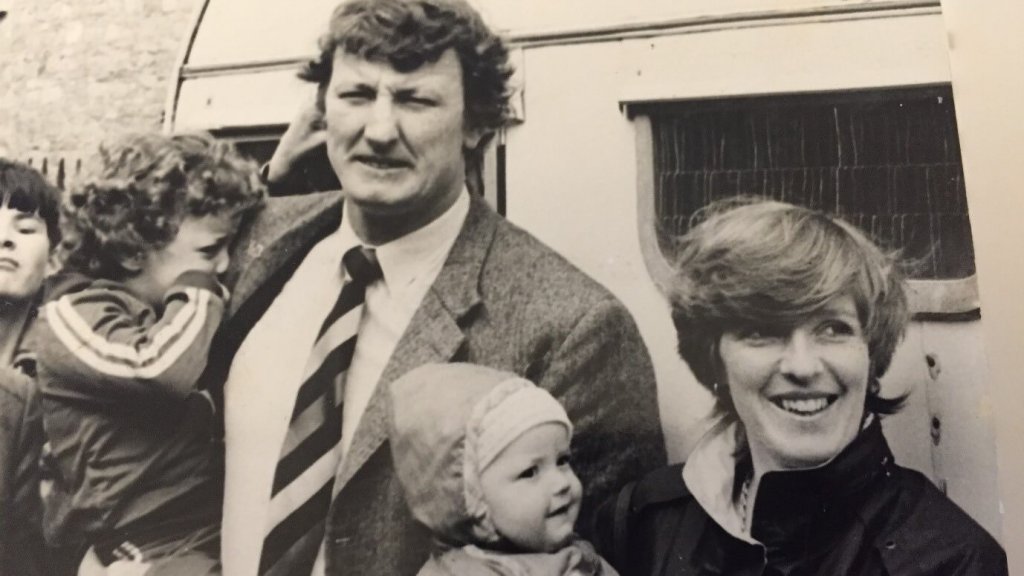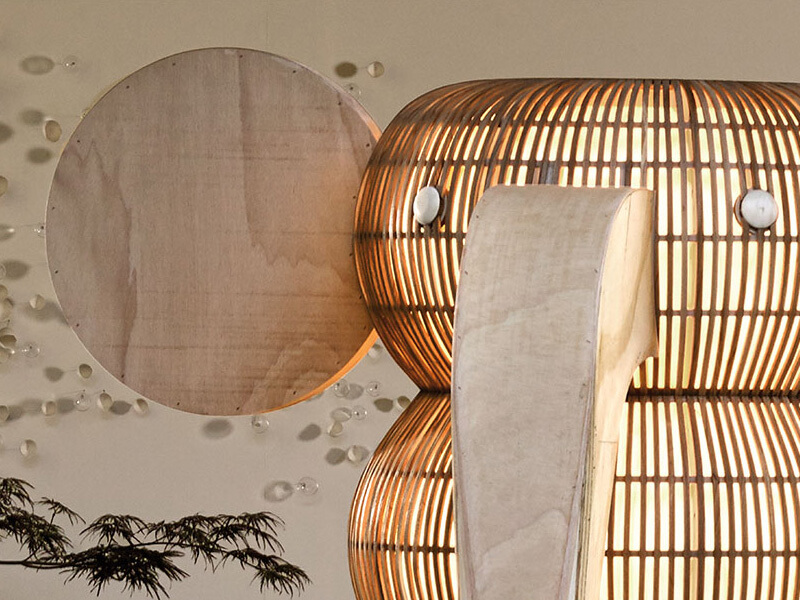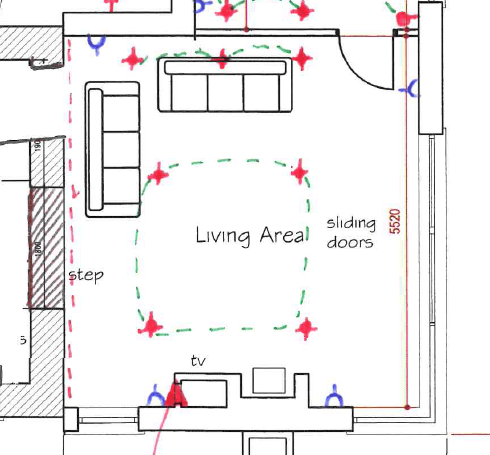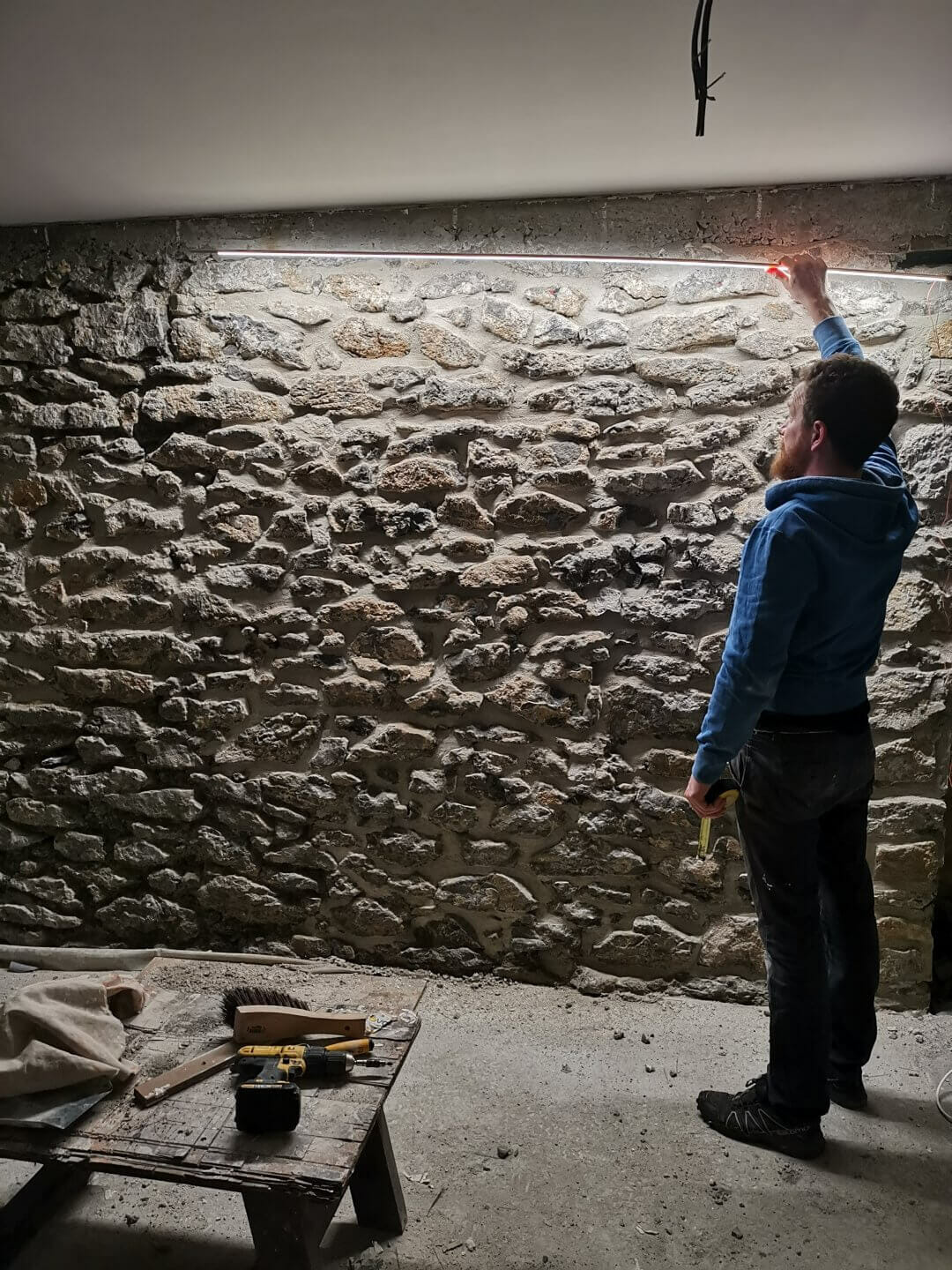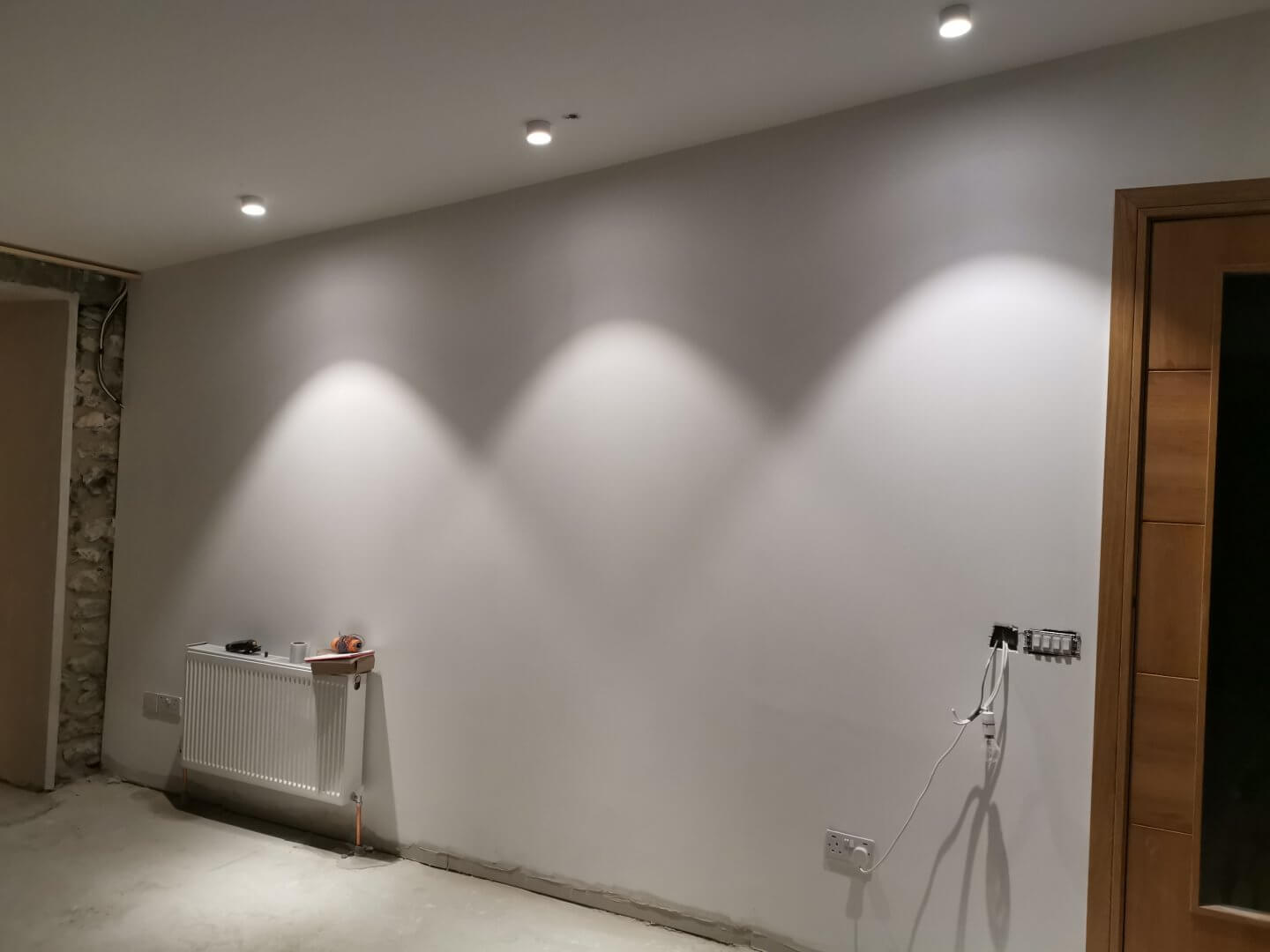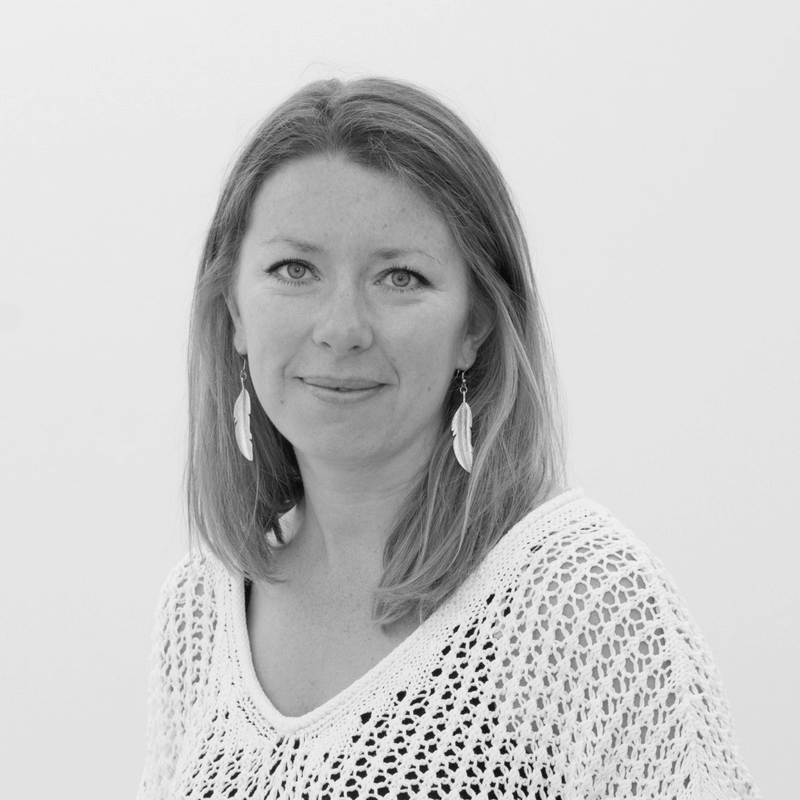- Contact us to discuss our residential design packages
- Design
- Inspire
- About
- About
- Blog
- Deconstructing 09 – Which Switch?

- June 6, 2021
- Monica Duggan
Lighting is clearly a major part of my life so I knew I’d have quite a lot to talk about when it came to this part of my blog. I struggled with where to start when discussing the subject, do I delve into the first fix electrics or take a step back and talk about the scene setting. This train of thought made me realise I’d have to step back even further and discuss switching in order for everything else to make sense. So here we are…
Switching while not all that complicated can sometimes be hard to get your head around so I thought the easiest way to explain it is to take one room in our home and outline what we did.
To me, switching was crucial to getting our house right. It would enable us to set up scenes in each of our rooms, giving both function and atmosphere from one bank of switches. The bank in this case is located at my entrance door of our living room coming from the bedrooms, so it’s in reach of one of the main thoroughfares of the house.
To start at the beginning, the switch is the central point in any room that all lighting points originate from. Why is it important in lighting design? Because we can scene set from this one point meaning we can have ambient lighting for the night-time wind down, or focal light for reading or a brighter setting for a spring clean.
When I designed our living room, I had a few scenes in mind.
- Practical for cleaning.
- Atmospheric for a cosy winters evening.
- Gallery for an artwork wall.
- Feature wall.

Lighting stone adds great atmosphere – here’s Donal playing around with ours.
It was a diverse number of settings for a 5m x 5m space but I knew when used separately or in combination with each other these scenes would really bring the room to life.
For scene 1, my cleaning setting, I grouped downlights together on one switch. These give me enough light to see all the finer details – I try to avoid this setting as much as possible 😉
For scene 2, my atmospheric setting, there were a few different elements. The first was 5 amp sockets. These are sockets that are wired back to the switch so for example table and floor lamps can be controlled from the main bank and do not have to switched on at the socket. I have these located in four corners of the room, and all four are grouped on one switch. This gave us flexibility with positioning fittings within the room. I also include my feature wall in this scene as it gives great atmosphere at night, but it is on a separate switch as it is dimmable. Dimmers are amazing and crucial in a space where you want a balance of both atmosphere and functionality.
For scene 3, my gallery setting, I used three downlights located close to the only full plain wall I have in the room. They give a great scalloped effect when on. I may be being hard on myself but if I’m honest I think I made a mistake here and should have had these on a dimmer too, as when switched on they are a little too bright. I might revisit this in time and put them on a Bluetooth controlled Casambi dimmer, but I’ll take a break first and put my feet up while enjoying scene 2!

Downlights making a lovely pattern across what will be our gallery wall. For the final scene 4, the feature wall, I wanted to highlight the stone on what was previously the old back wall of the original cottage. My favourite part of the house. As I mentioned it’s on a dimmer so we can use it both for functional light and for atmosphere. Highlighting a textured wall like this creates amazing shadow effects making it a real showstopper.
I have mentioned four main elements, but I have five switches on the bank, so what is the fifth switch for?! Well, this one was just for me – my living room leads into my kitchen and I can directly see into it from the location of my switching bank. If late at night I hear a noise, and I need to go check it out but it’s in the kitchen, I will use the fifth switch which turns on the downlights located beside my island hence scaring away any robbers that might be hanging around in there 😉 (yes, I am a scaredy cat!)
I hope this explains a little more about scenes and switching, as I said it’s probably one of the most difficult things to explain but a must to a successful lighting scheme. And even though I do say so myself, I think we got it right. Now that things have opened up again we just need to plan a few parties to really test it out!
- Monica's Newsletter
- Blog Post, Deconstructing, decorative lighting, Lighting, lighting controls, Lighting Design, Lighting Designers, lighting switches, Monica Duggan, Power of Switching, scene setting, Self Build Newsletter, switching, willie duggan

About Monica Duggan
Monica grew up with a screwdriver & bulb in her hands before she started to 'hassle' the boss! After gallivanting around the world & getting an education she worked in all areas of the business, and was a natural fit for developing Willie Duggan further. She does her best thinking struggling up a mountain, hiking a trail or beating herself up in the gym!
Browse by category
Browse by tag
- #IDSW2019
- 2019
- 2021
- 2022 Award Winners
- 48 volt track
- About Us
- Ambient Lighting
- Architect
- Art
- Arturo Alvarez
- Awards
- Bathrom
- Bathroom
- Bathroom Design
- Bathroom Lighting
- Baynetcap
- bedroom lighting
- Behind the Scenes
- Biophilia
- Biophilic Design
- Blanchardstown Shopping Centre
- Blog Post
- Blue
- Brands
- building materials
- bulbs
- Carton House
- church design
- Colour
- Comfort Lighting
- commercial
- commercial design
- Contract Interiors
- cost
- Cottage Design
- Creativity
- Deconstructing
- decorative lighting
- Denise O'Connor
- Design
- Design Team
- Details
- Dining Space Lighting
- Downlighting
- downlights
- E14
- electrician
- Electrics
- Emotion
- Emotional Lighting
- enviromentally friendly
- Estluz Laverd
- Exhibitions
- Experience
- experiential showroom
- Exterior Lighting
- external lighting
- eyelit65R
- Festoon Lighting
- Finalists
- Finances
- first fix
- five star hotel
- floor lamp
- Floor Light
- Floor Plan
- flooring
- functional lighting
- Garden
- Garden Lighting
- Getting the lighting right
- Glare
- GU10
- guide
- Haberdashery
- Hard Wood Flooring
- healthy lighting
- Heart of the home
- hidden lighting
- hints
- Home
- Home renovation
- house design
- Hypro
- Illuminated Furniture
- IMNDA
- importance of windows
- inchsawmills
- Interior Design
- Interior Lighting Design
- Interiors Trends
- International Dark Sky Week 2019
- internorm
- IP Rating
- Irish Times
- Ivela
- Jan Battles
- kitchen
- Kitchen Design
- Kitchen lighting
- Kitchen Squeeze
- Lampshades
- Landscape Lighting
- Layers of Light
- LED
- LEED
- Light
- light and health
- Light Art
- Light Brands
- Light Design
- Light Effects
- Light Fitting
- light masterplanning
- Light Pollution
- Light Technology
- lightbulbs
- Lighting
- Lighting Company
- lighting controls
- Lighting Design
- lighting designer
- Lighting Designers
- Lighting Plan
- Lighting Products
- lighting switches
- lighting tips
- LIT awards
- Living Space Lighting
- LND
- LZF
- Minimal Glare
- Monica Duggan
- mood lighting
- Motor Neurone Ireland
- munster joinery
- Nest
- new build
- New Year
- new york
- newbuild
- Newsletter
- night time lighting
- NYCxDESIGN
- Online Consultation
- Open Plan Space
- Our Team
- Outdoor
- Outdoor Lighting
- Parquet FLooring
- pendant light
- Pendants
- Piet Oudolf
- plastering
- plumbing
- Power of Switching
- Prolicht
- recessed lighting
- reducer
- reflections
- renovate
- Renovation
- Residential Lighting
- Residential lighting design
- retail
- Retro Fit
- riai
- salvaging
- scene setting
- Self build
- Self Build Newsletter
- selfbuild
- senator
- shadows
- sonos
- spacer
- Spotlights
- st bartholomews church
- Studio Italia
- sustainable
- sustainable building
- switching
- table lamp
- Table Light
- talalighting
- Task Lighting
- The Irish Times
- timber frame
- tips
- Trend
- tricks
- UGR
- Unified Glare Rating
- voliere
- willie duggan
- willieduggan
- Windows
- wiring





- Inspire
